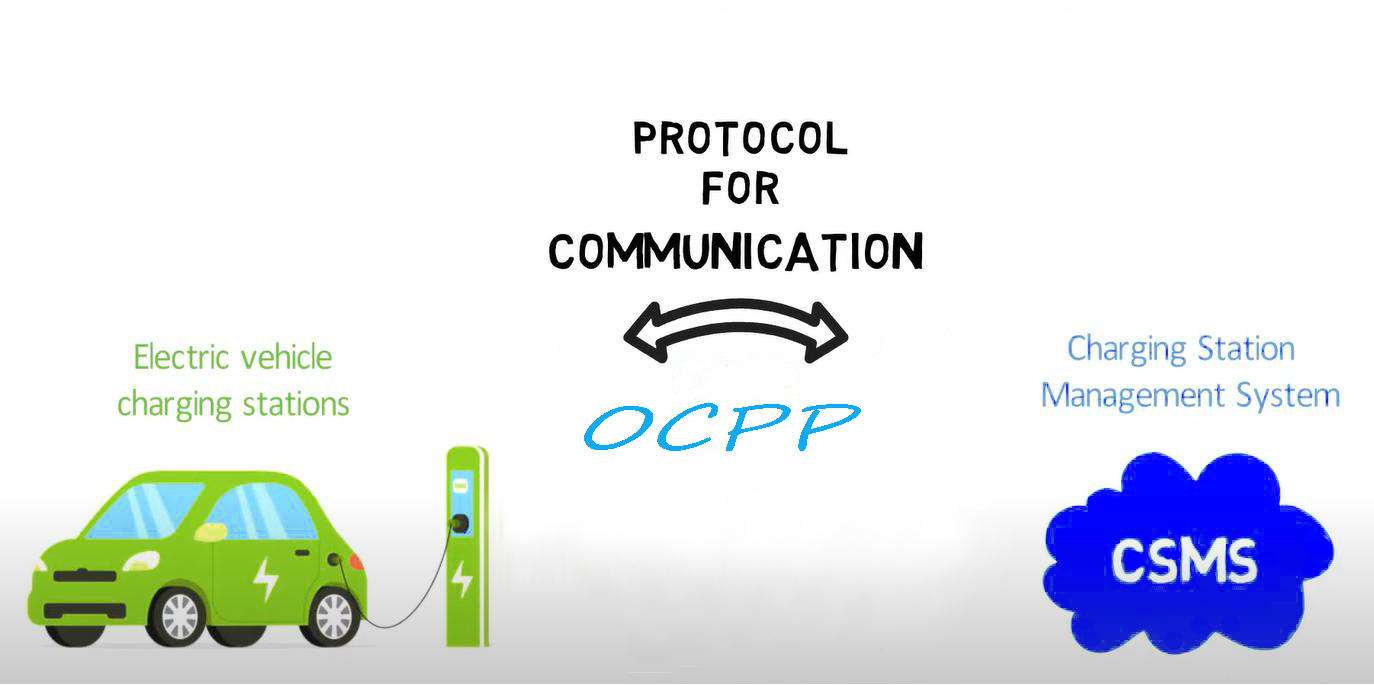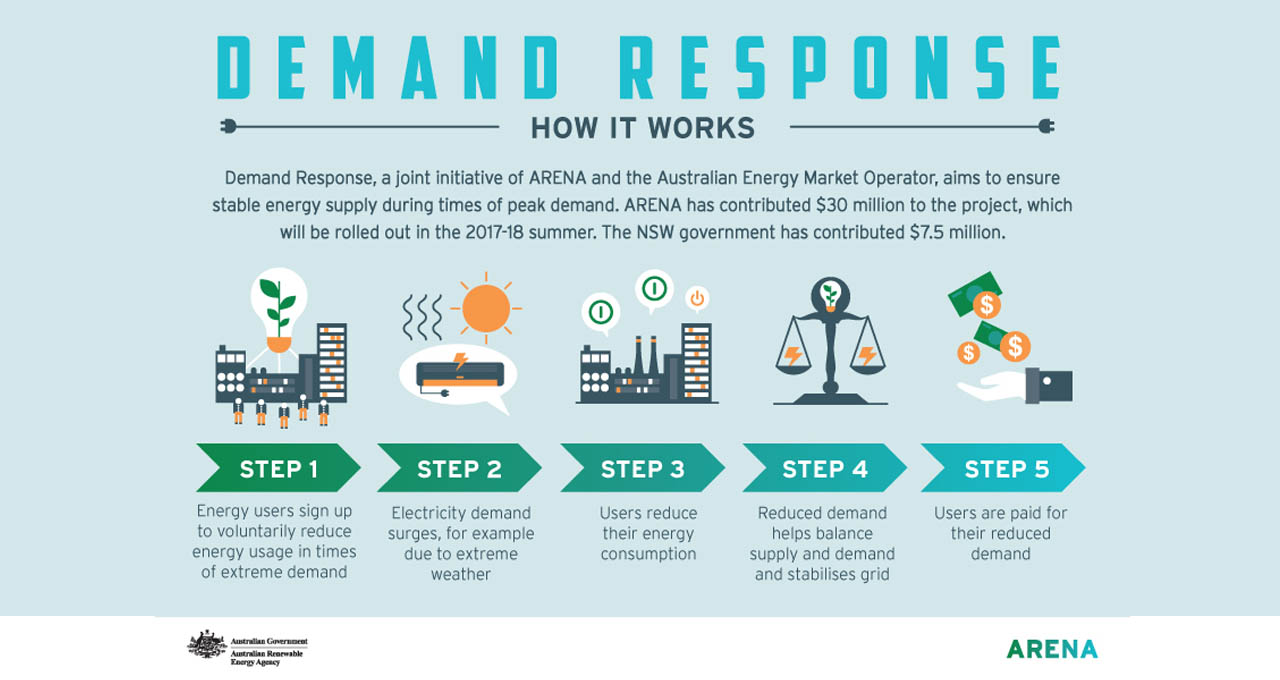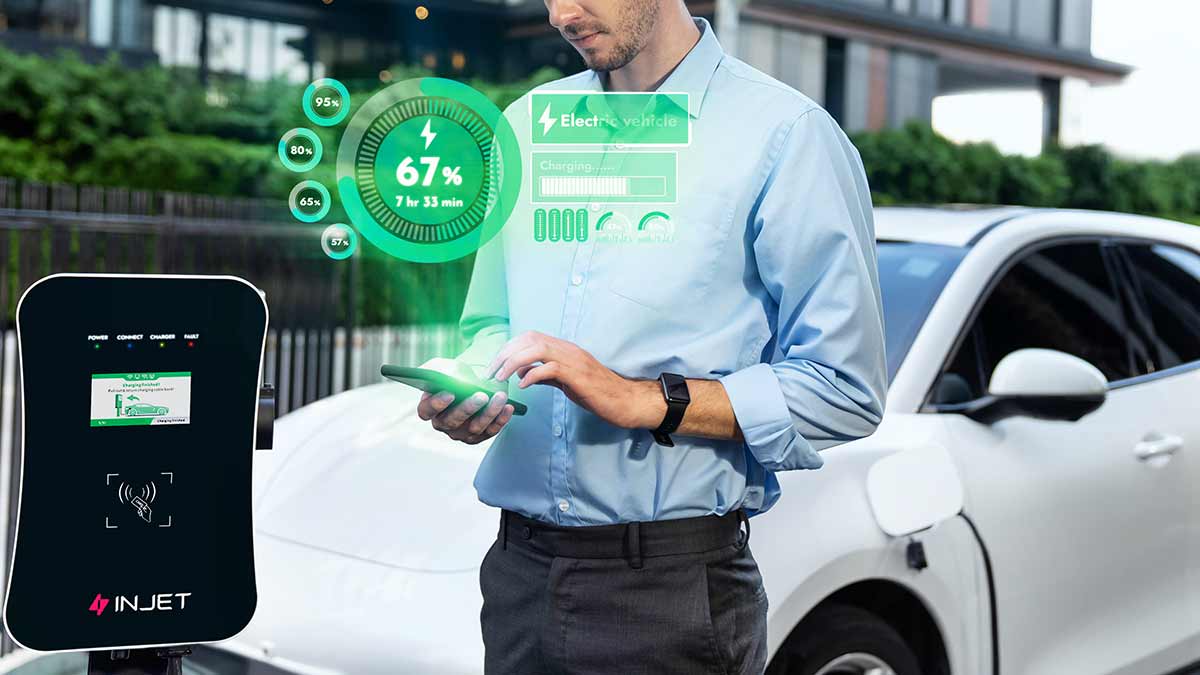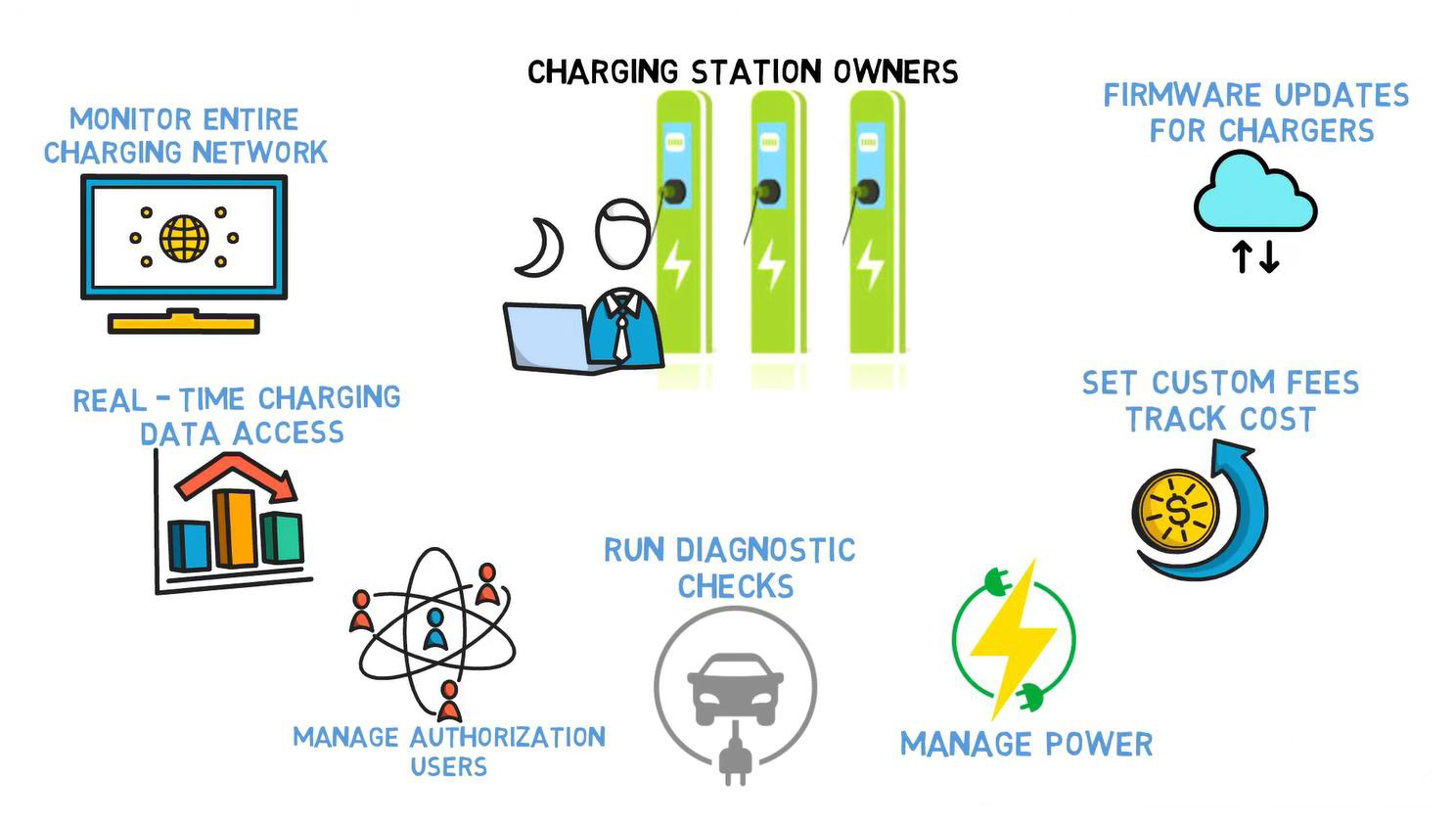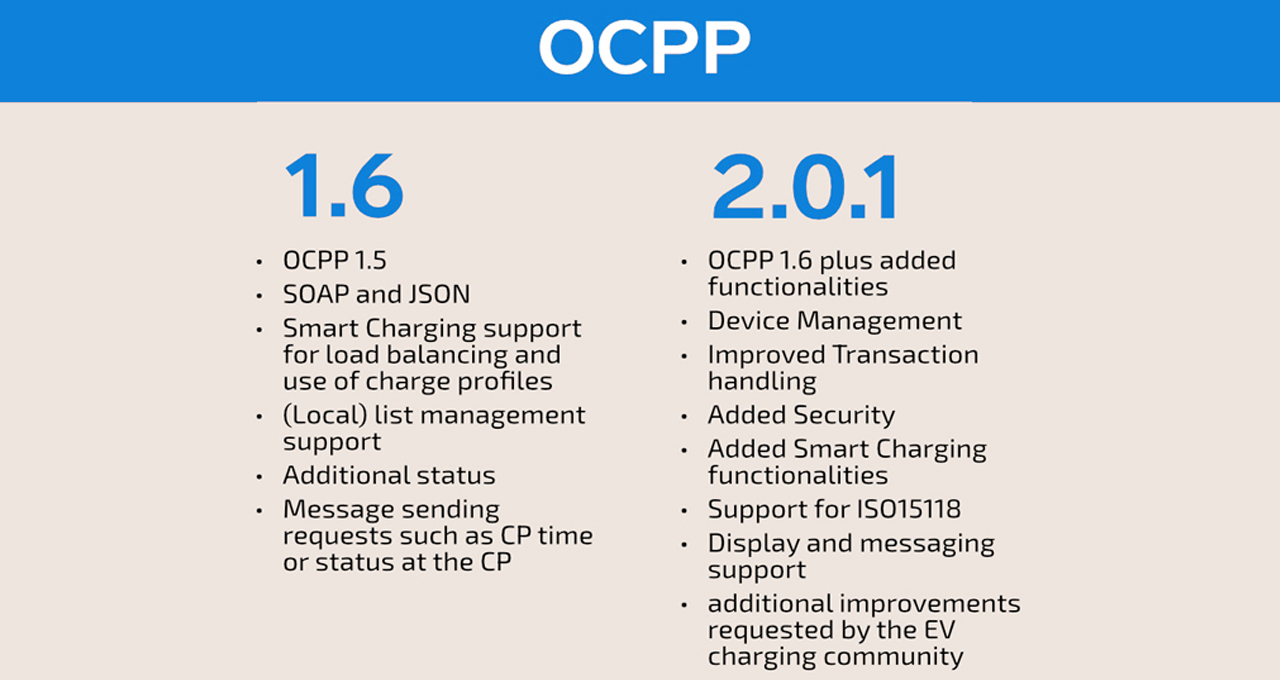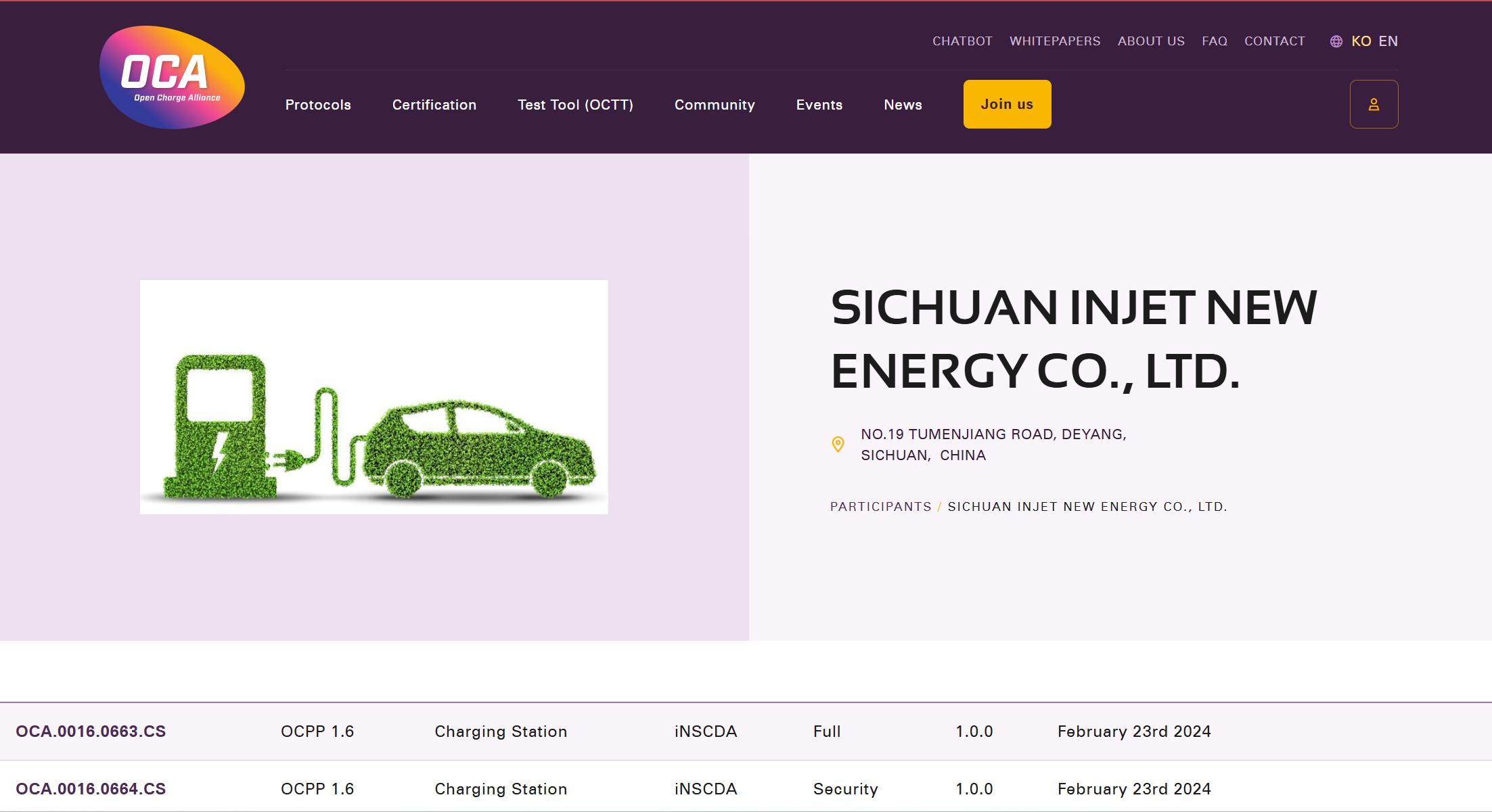As electric vehicles (EVs) continue to transform the global transportation landscape, A seamless and intuitive charging experience is critical for encouraging more people to adopt electric vehicles (EVs). Complexities in accessing charging stations, navigating multiple networks, and dealing with inconsistent payment systems can deter potential EV owners or frustrate those who have already made the switch to electric mobility. Enter the Open Charge Point Protocol (OCPP)—a game-changer in the EV charging ecosystem. Designed to streamline communication between EV charging stations and management systems, OCPP ensures flexibility, interoperability, and efficiency, fostering a robust and user-friendly charging network.
What is the OCPP - Open Charge Point Protocol?
The Open Charge Point Protocol (OCPP) is an application protocol for communication between Electric Vehicle (EV) charging stations, also called EV charge points, and EV charging management systems, often referred to as EV charging software. Essentially, OCPP acts as a universal "language" and channel, enabling seamless communication between these two key players in the EV charging ecosystem.
Originally created in 2009, OCPP was designed to standardize interactions between EV chargers and management systems. While proprietary protocols exist, OCPP stands out as a fully open platform. This openness gives charging station users the flexibility to connect any network to any charging station, encouraging innovation, competition, and accessibility within the EV charging industry.
The benefits of OCPP
1. Flexibility and Security for Charging Station Owners
OCPP ensures that charging station owners can switch network operators if needed, safeguarding their investment and preventing assets from becoming obsolete. If a charging station manufacturer exits the market, owners can migrate to another OCPP - compliant network without losing functionality. This open choice encourages competition among manufacturers and network providers, driving down costs, improving services, and fostering innovation. As a result, the infrastructure for EV drivers expands rapidly, offering more charging options.
2. Allow the common communications between charge station and network service provider to be also leveraged for providing grid services (e.g., demand response) cost effectively.
The transition to a Net Zero Emissions scenario by 2050 brings with it a surge in electricity demand, driven by the electrification of transportation, home heating, and other sectors. Simultaneously, the widespread deployment of renewable energy sources like solar and wind—whose output can vary based on weather and time of day—places additional strain on power grids. These dynamics create challenges for grid stability and reliability, prompting utilities to seek innovative solutions like demand response programs.
What is Demand Response?
Demand response involves balancing grid demand by encouraging users to shift their electricity usage to off-peak times when energy is more abundant or less in demand.
This is typically achieved through price incentives or other financial rewards. Together with smart grids and energy storage systems, demand response plays a crucial role in maintaining grid flexibility, mitigating the impacts of variable renewables, and ensuring grid stability during periods of high usage.
The Role of OCPP in Demand Response
For demand response programs to succeed, seamless communication between chargers and utilities is essential. Chargers must be able to dynamically adjust or pause their consumption based on grid needs. OCPP facilitates this communication by utilizing the same channels already established for charger-to-management software interactions.
Advantages of OCPP-Enabled Demand Response
· Cost-Effectiveness: By leveraging existing communication infrastructure, OCPP minimizes the additional costs associated with integrating chargers into demand response programs.
· Enhanced Flexibility: OCPP-compliant chargers enable operators to efficiently participate in grid management initiatives, ensuring a balanced electricity supply and demand.
· Future-Ready Infrastructure: Incorporating OCPP positions charging networks to adapt to the evolving energy landscape, supporting broader grid modernization efforts.
By integrating demand response capabilities through OCPP, operators not only contribute to grid stability but also enhance the value of their charging networks in a sustainable energy ecosystem.
3. Enhancing EV Adoption Through Uniform Access and Simplified User Experience
A seamless and intuitive charging experience is critical for encouraging more people to adopt electric vehicles (EVs). Complexities in accessing charging stations, navigating multiple networks, and dealing with inconsistent payment systems can deter potential EV owners or frustrate those who have already made the switch to electric mobility.
OCPP certification addresses these challenges by establishing a set of standardized protocols that enhance consistency and interoperability across charging networks. By ensuring that chargers adhere to these standards, OCPP minimizes barriers to entry and promotes a uniform user experience, making EV charging more accessible and convenient.
Some of the elements of the user experience that are made consistent by OCPP certification include:
1. How drivers start a charging session
2. How drivers pay for charging
3. Access to chargers from a variety of networks within a single app or payment profile
4. Standardized billing across different charger networks
The Bigger Picture: Supporting EV Adoption
By reducing friction points in the charging process, OCPP creates a more driver-friendly ecosystem. This not only improves the experience for current EV owners but also reassures prospective buyers that EV ownership is practical and convenient. Uniformity across charging infrastructure builds trust and encourages broader adoption of electric vehicles, which is essential for accelerating the transition to sustainable transportation.
Ultimately, OCPP-certified chargers play a pivotal role in creating a cohesive and user-centered charging network, ensuring that drivers feel confident and supported as they embrace EV technology.
How OCPP works?
In the previous section, we learned that The Open Charge Point Protocol (OCPP) offers a uniform solution for the method of communication between charge stations and any central system,regardless of the vendor.
OCPP serves as a communication medium between EV charging stations and EV charging management systems. The following section describes how OCPP allows these two different groups within the EV charging ecosystem to communicate with each other and what else it enables in addition to communication.
1. Message exchange
OCPP allows the charging station and the management system to exchange messages about the current status of the charging station.
For example, messages can include:
· Whether the charger is available, in use, or needs maintenance
· When a charging session starts or stops
· The current consumption or dwell-time meter
· Diagnostic information for charging stations
2. Remote monitoring
Charge point operators can remotely monitor their charging stations using OCPP.
3. Authorization
Charge point operators can authorize access to charging stations using OCPP.
4. Firmware updates
The management system can send firmware update requests to the charging station, which can then acknowledge and perform the update.
5. Payment and billing
Charge point operators can integrate different payment and billing systems using OCPP.
6. Smart charging
OCPP supports smart charging features, such as load balancing and charge profile use.
7. Demand response programs
OCPP allows chargers to communicate with grid or utility programs, which can help keep demand for electricity in check.
Introduction to existing OCPP versions on the market
In 2010, Open Charge Point Protocol 1.2 was released, with the release of OCPP 1.5 taking place in 2013. These earlier versions are no longer actively maintained by the OCA, which brings us to the later versions, OCPP 1.6 released in 2015 and OCPP 2.0.1 released in 2020. OCPP 2.1 and OCPP 2.0.1 are backwards compatible.The release of OCPP 2.1 is expected Q1 2025.
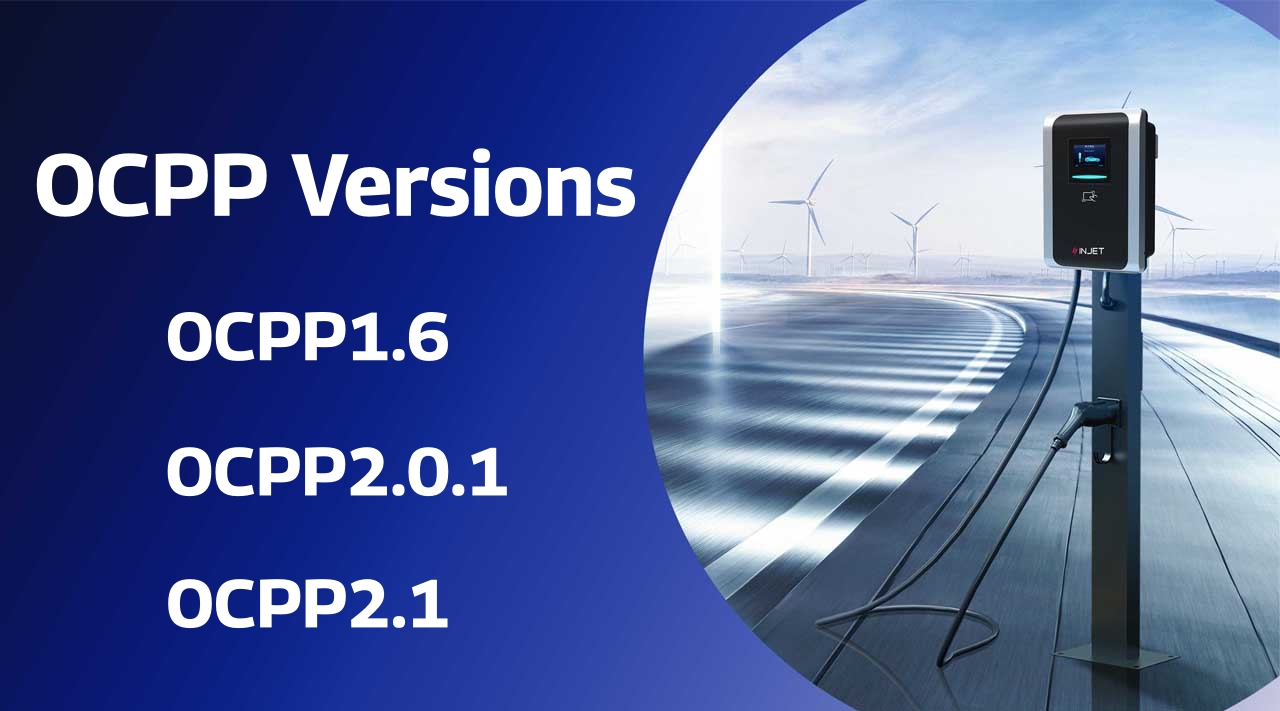
(Injet Vision Level 2 AC Charger For Commercial Use)
The two types of OCPP implementations
SOAP: Simple Object ACESS Protocol (SOAP) is a message-based protocol that uses XML to represent data. SOAP is a framework, which enables messages to be sent between components over the Internet. The advantage of SOAP is that the facilities for sending and receiving messages are covered by the standard. This makes rapid implementation possible.
JSON: JavaScript Object Notation is a lightweight data-interchange format which is easy for humans to read and write and for machines to parse and generate.That is easier to read and write than XML. It is based on a subset of JavaScript.
OCPP1.6
OCPP 1.6 builds upon the foundation of OCPP 1.5, incorporating years of practical experience and successful global adoption. Since its introduction in 2012, OCPP 1.5 has been widely implemented by vendors and utilities worldwide. Building on this success, OCPP 1.6 introduces significant enhancements, including Smart Charging capabilities and support for JSON over WebSockets in addition to SOAP.
This version also includes various improvements, such as clearer documentation and updates to enhance interoperability between products from different vendors. Key new features include expanded diagnostics (e.g., Reason codes), additional Charge Point Statuses, and the TriggerMessage function, all designed to better meet market demands.
While OCPP 1.6 retains the core of its predecessor, it introduces substantial updates and fixes for known ambiguities, making it incompatible with OCPP 1.5. These advancements ensure improved services for charge point operators (CPOs) and a better experience for EV drivers worldwide.
OCPP 1.6 functions are:
· OCPP 1.5
· Both SOAP and JSON versions
· Smart Charging support for load balancing and use of charge profiles
· (Local) list management support
· Additional status: Extra statuses are added to the Charge Point Status enumeration, giving the CPO and ultimately end-users more information about the current status of a Charge Point
· Message sending requests such as CP time or status at the CP
· Minor improvements in specifications (In comparison to OCPP 1.5)
OCPP 2.0.1
OCPP 2.0.1 brings enhanced functionalities and new features compared to OCPP 1.6. However, these advancements make OCPP 2.0.1 incompatible with earlier versions, such as OCPP 1.6 and OCPP 1.5.
New functionalities in OCPP 2.0.1 compared to OCPP 1.6
1. Device Management (also known as Device Model) Features to get and set configurations and also to monitor a Charging Station.
Device Management (also known as Device Model) is a long awaited feature especially welcomed by CSOs who manage a network of (complex) charging stations (from different vendors).
It provides the following functionality:
• Inventory reporting
• Improved error and state reporting
• Improved configuration
• Customizable Monitoring
This all should help CSOs to reduce the costs of operating a Charging Station network.
Charging Station Manufacturers are free to decide themselves how much details about a Charging Station they want to publish via
Device Management: for example, they can decide what can be monitored, and what not.
2.Improvements for better handling of large amounts of transactions
• One message for all transaction related functionalities
• Data reduction
With the introduction of JSON over Websockets in OCPP 1.6 a great reduction of mobile data cost can be achieved. With OCPP 2.0, support for WebSocket Compression is introduced, which reduces the amount of data even more.
3. Improvements regarding cyber security
The following improvements have been added to harden OCPP against cyber attacks:
• Security profiles (3 levels) for Charging Station and/or CSMS authentication and Communication Security
• Key management for Client-Side certificates
• Secure firmware updates
• Security event log
4. Extended Smart Charging
In OCPP 2.0.1 Smart Charging functionality has been extended (compared to OCPP 1.6 ) to support:
• Direct Smart Charging inputs from an Energy Management System (EMS) to a Charging Station
• Improved Smart Charging with a local controller
• Support for integrated smart charging of the CSMS, Charging Station and EV.
5. Support for ISO 15118
The ISO 15118 standard is a newer protocol for EVSE to EV communication, compared to IEC 61851. ISO 15118 allows a lot of new features and more secure communication between EVSE and EV. OCPP 2.0.1 supports the ISO 15118 standard, the newly added features are:
• Plug & Charge
• Smart Charging including input from the EV
6. Improvements for customer experience
• More authorization options
• Display Messages
• EV Driver preferred languages
• Tariff and Costs
7. Transport Protocols: OCPP-J Improvements
• Simple Message routing
• No SOAP Support
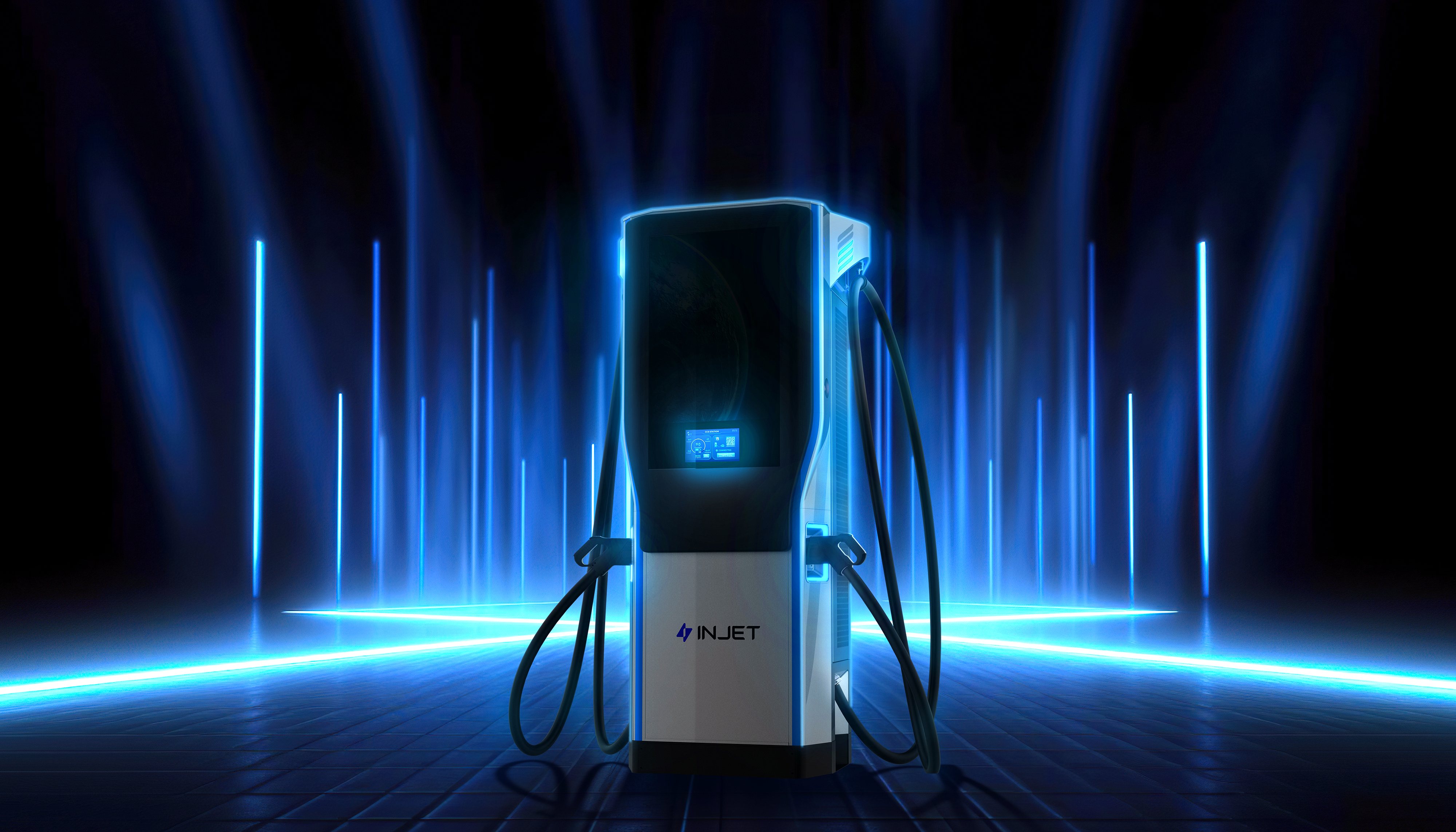 (Injet Ampax - Level 3 DC Charging Station)
(Injet Ampax - Level 3 DC Charging Station)
OCPP 2.1 (Upcoming)
Expected in Q1 2025, OCPP 2.1 will introduce features like DER (Distributed Energy Resource) control, bidirectional charging (Vehicle-to-Grid), and additional enhancements for Smart Charging and customer experience. This version will be backward-compatible with OCPP 2.0.1.
OCPP 2.1 includes the following improved and added functionalities compared to OCPP 2.0.1:
• New functional block on DER Control
• New functional block on Bidirectional Charging
• New functionalities for ISO 15118 Plug and Charge
• Improved Smart Charging
• Support for ad hoc payment
• Support for local cost calculation
• Secure dynamic QR Codes
• Many additional improvements requested by the EV charging community
What can Injet New Energy do for you with OCPP?
With more than 20,000 installations and participants in 16 different countries, OCPP has become the de facto open standard for open charger to network communications in both Europe and parts of the United States.
As electric vehicle charging infrastructure continues to expand and play a vital role in our energy systems, standardization and interoperability are becoming increasingly essential.
In line with these industry trends, Injet New Energy has successfully passed the full-function test for OCPP 1.6 certification. This achievement enables us to offer more comprehensive, secure, and convenient products and solutions to our customers. Looking ahead, we are committed to upgrading to newer OCPP versions and introducing even more advanced features to meet evolving market needs.

